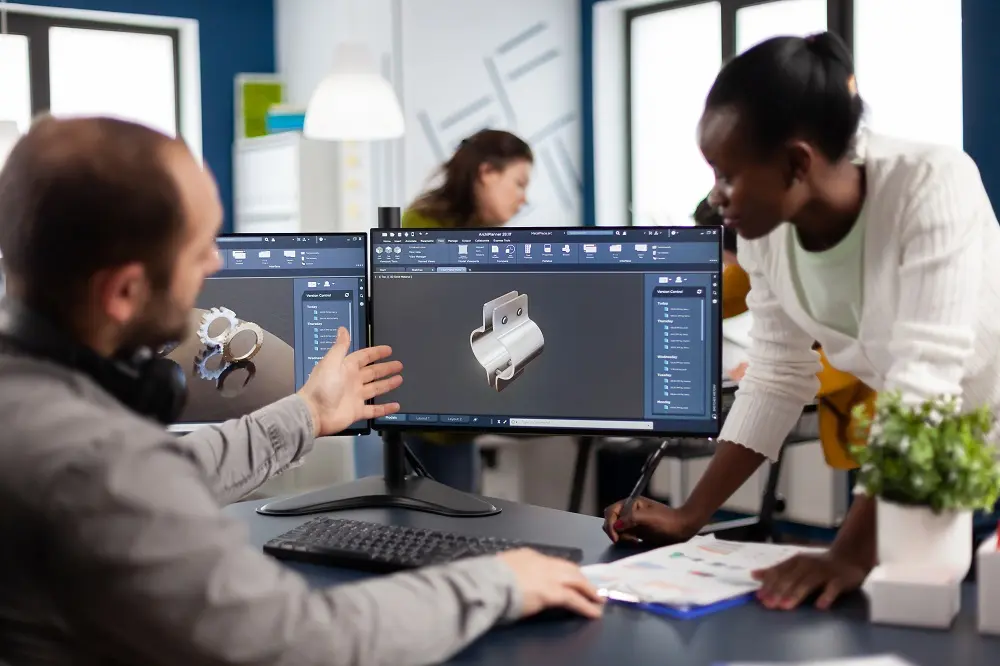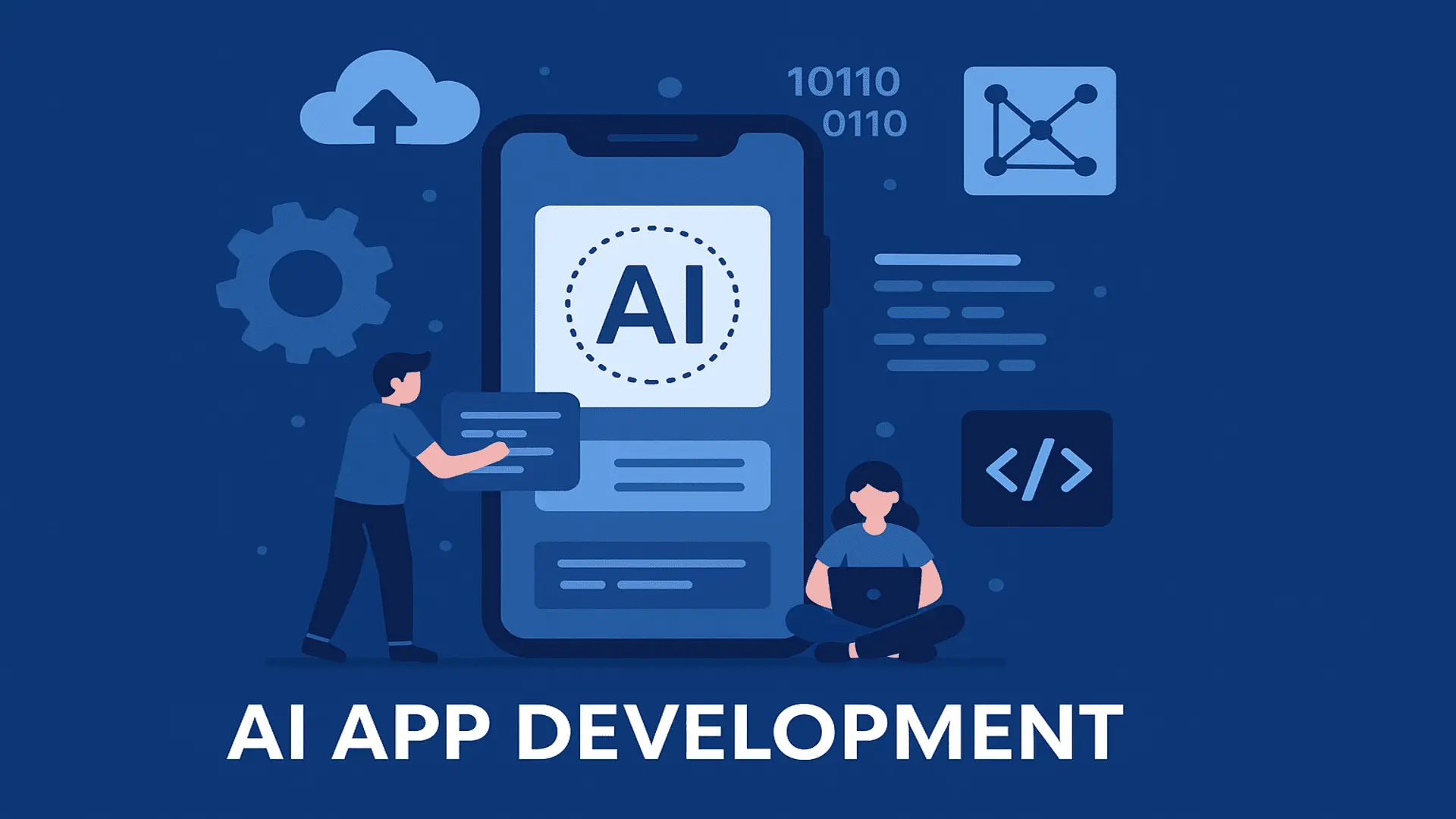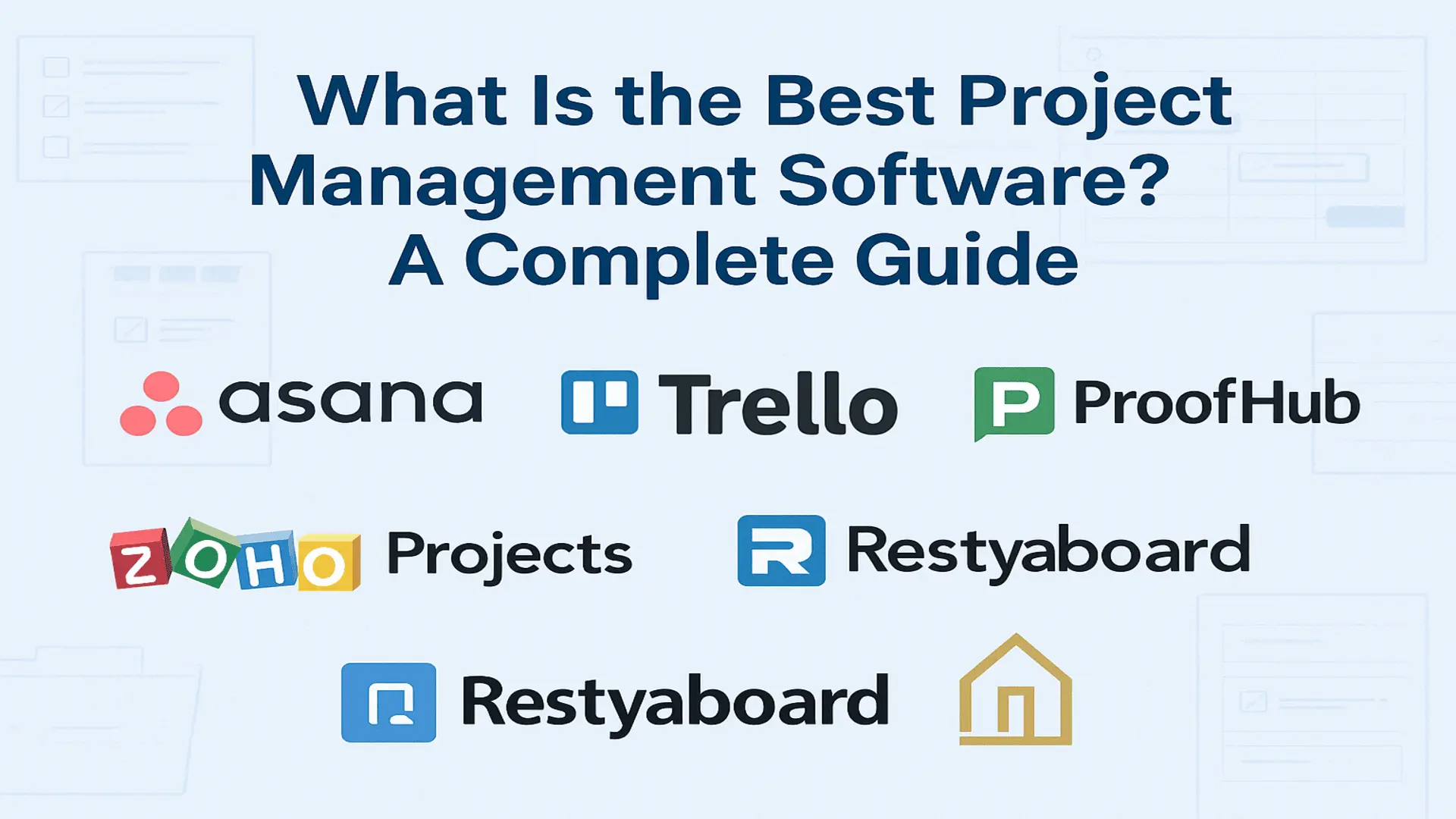How to Develop A SaaS Product? Everything You Need to Know!

Well, SaaS is no longer just a trendy term; it describes our current reality. SaaS product development is transforming how businesses operate, delivering solutions that benefit both users and software vendors. And it makes perfect sense – scalable, cost-effective, and user-friendly, SaaS is shaping the future of technology.
If you fall into the customer category, now is an excellent time to begin learning about the benefits of various SaaS solutions. If you’re an entrepreneur thinking about introducing your new product to the SaaS market, we’ve designed a road map to help you stay afloat and steer clear of some typical pitfalls.
The benefits SaaS solutions providers, such as cost-effectiveness for both businesses and private persons, no maintenance costs, speedy deployment, and more, are credited with its popularity. In this article, you will know several stages of SaaS product development explained more easily.
Top 6 Stages of SaaS Product Development
1. Market Analysis
A crucial component of developing SaaS applications is market research. If done correctly, it will serve as the cornerstone for the long-term success of the product. Go interview your prospective clients to learn about the difficulties they encounter and the solutions they have found. It will be necessary for –
- Determining the precise needs of the market and your own contribution.
- Forming a deeper comprehension of the characteristics of your ideal client and strategies for targeting them based on the study.
- Locating, evaluating, and choosing the most lucrative business possibilities.
- Lastly, to determine the product-market fit.
By keeping a watch on rivals, you can gain knowledge of their software’s advantages and disadvantages as well as the strategies they employ to protect their market share.
2. Establish a Pricing Model
It’s not always easy to specify a pricing model. Along with helping your clients overcome their business difficulties, you also need to receive just compensation for the value you add. Based on your idea and market analysis, select the model. Before choosing a price strategy, it is crucial to do customer research because much will depend on how well your product satisfies the needs of your target market and how frequently and in what amounts they are prepared to pay for it.
Therefore, it is crucial to estimate the unit economics early on. If you overcharge, potential clients might choose the products of your rivals, and adoption of your SaaS product may stall.
Custom AI Software Development Solution For Enterprises
3. Wireframing & Planning
The user for whom you are designing the product is a crucial part of this process.
You must accurately comprehend your user, how they will engage with your SaaS service, and the issues they will address with the help of your SaaS application.
The next phase is to construct the Customer Journey Map and delve into more specific User Stories at each stage – Who the user is, what he needs, and why he needs it should all be included in user stories.
The process of creating a schematic and structural visual representation of a product is called wireframing. Before moving on to the detailed design phase, it offers the chance to specify the arrangement of UI elements on a screen.
4. App Development
After making all the necessary preparations, including defining the concept, validating the idea, and analyzing the market and possible clients, it’s time to start all the development work. The selection of an experienced and dependable SaaS product development team is currently the key to success. Typically, this SaaS product development guide follows three steps:
(i). Pre-development
The skilled group of software developers, business analysts, and solution architects come together to shape the client’s ideas. The project manager creates a project plan that outlines timelines and deliverables, highlights fundamentals, and breaks down requirements into manageable tasks.
It’s critical to develop a concept following long-term objectives and business procedures.
(ii). Coding
To test and refine the concept or present the idea to investors, a prototype is created during this stage along with a scalable architecture. It helps ensure a SaaS service is accessible and appealing, UX designers concentrate on how it behaves.
(iii). Maintenance
Naturally, once the product is released, nothing stops. The development team helps ensure new features are implemented and apps performance remains constant and improved.
5. Testing
It is hard to anticipate all client preferences and requirements. Beta testing helps to resolve everything. Beta testing, which may be the least expensive quality assurance and testing service available, is a great tool for enhancing the quality of your SaaS application. A select number of users may complete it at no charge or for a low cost in exchange for their time and any feedback they may have.
When the outcomes are satisfactory, brand-new clients may be requested at a predetermined cost.
6. Onboarding and Support for Customers
This is an important stage in the development of SaaS apps since consumers’ first impressions will have a big impact on whether they decide to stick with the product or switch to another one.
Conclusion
The SaaS market is still growing today. More and more people are becoming aware of the opportunities that SaaS product development offers them. Investing in the SaaS sector today could pay off handsomely in the future. Naturally, that’s not always simple, so it’s critical to have a thorough understanding of how this area operates.
Cloudester is always willing to share its expertise and experience with you and to walk you through this path. Let’s connect to learn more about us.









